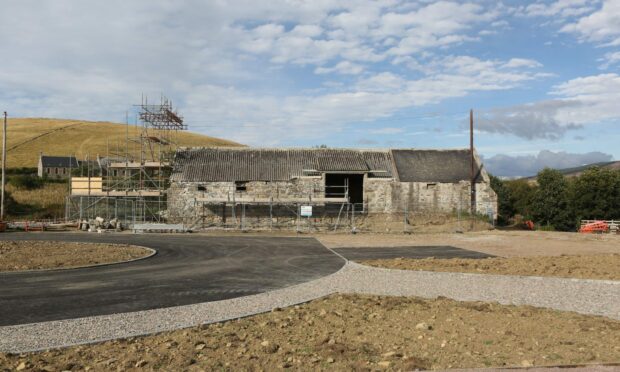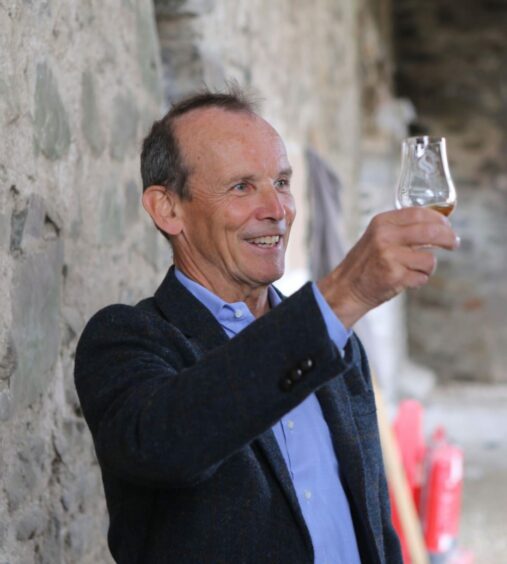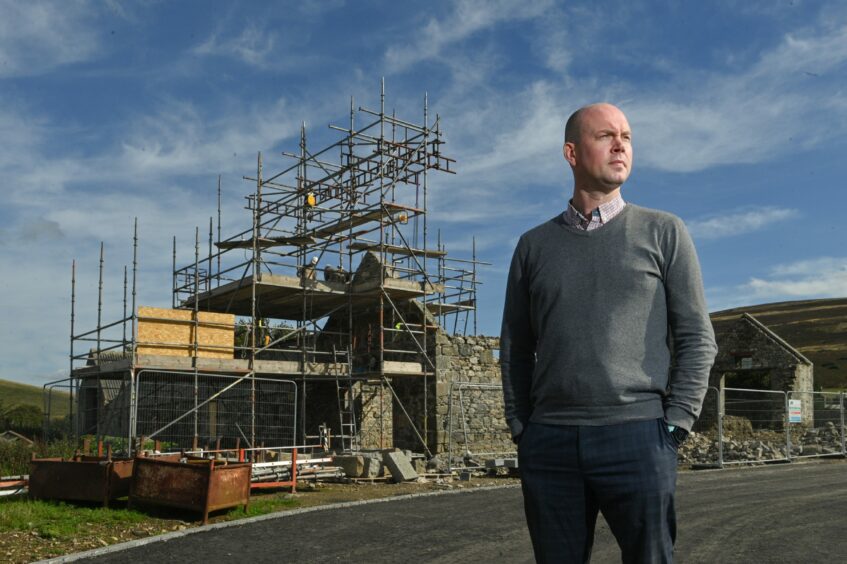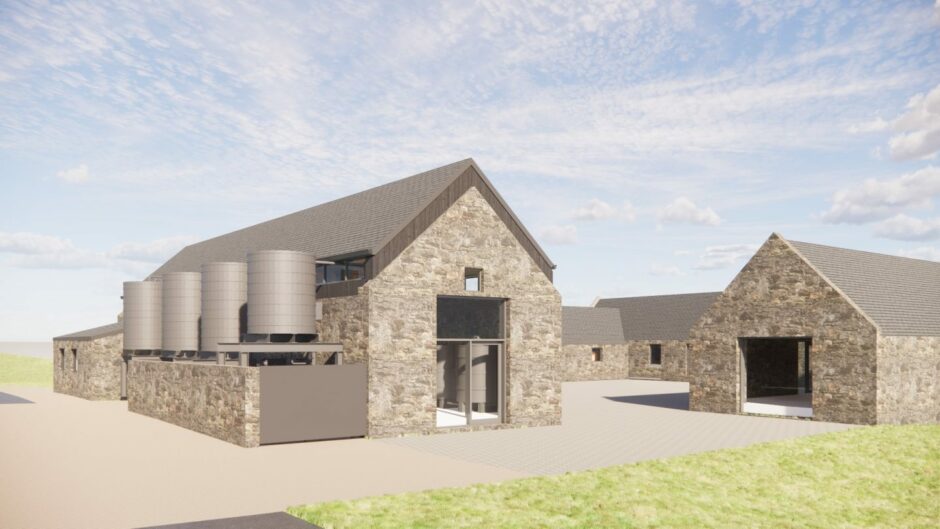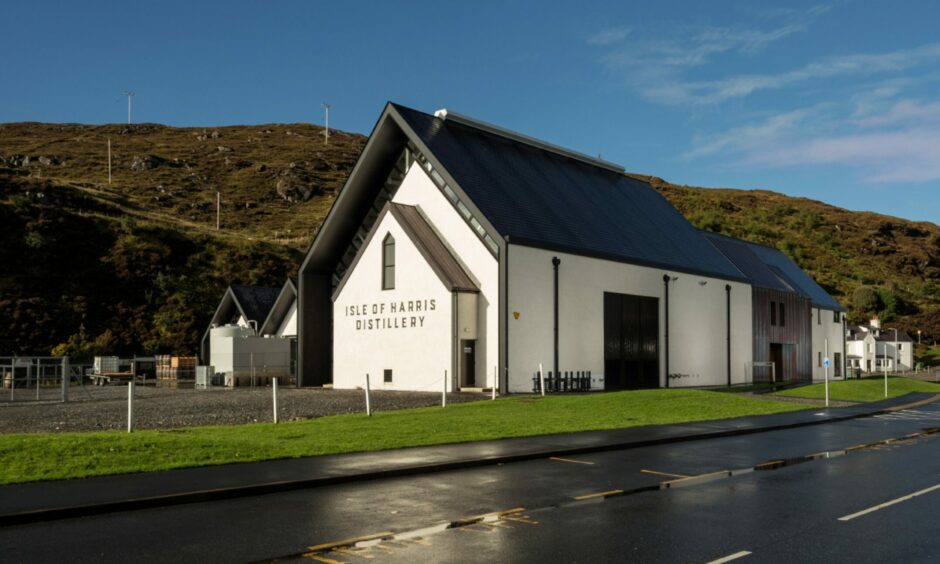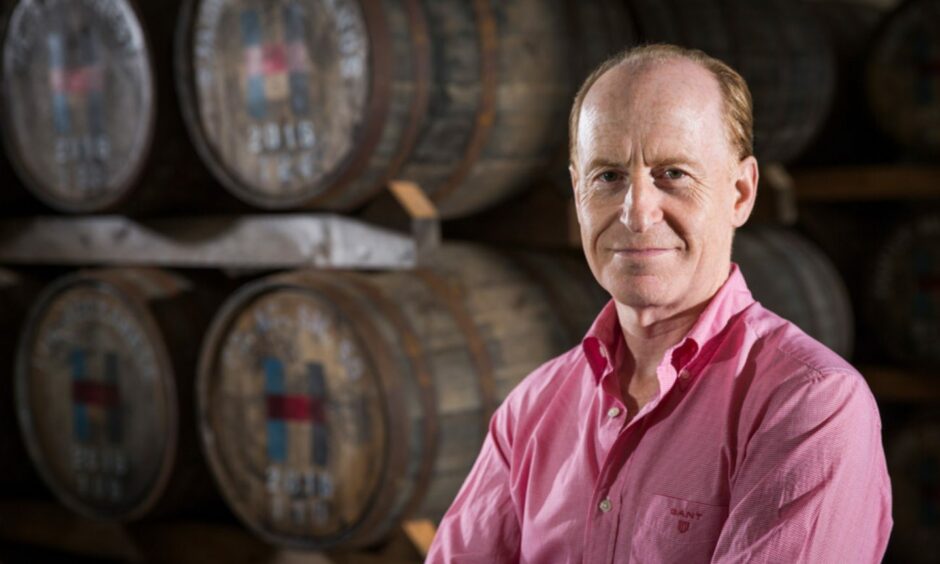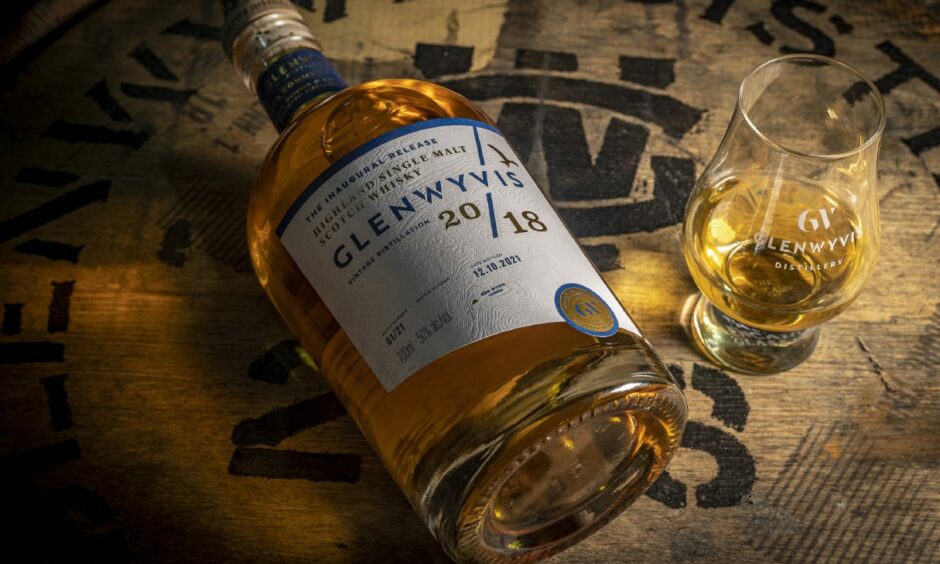Can a whisky distillery become a tool for economic regeneration? Peter Ranscombe visits the Cabrach in Moray to find out.
If you were flicking through the pages of The Press and Journal during the 1820s and 1830s, then advertisements from grocers and merchants including William Clark, Charles Fyfe and Richard Smith may have caught your eye.
They featured luxury goods such as coffee, sugar, foreign spirits and “very fine Cabrach whisky”.
Whisky by the gallon
Indeed, single malts from the Cabrach – a remote area at the head of the River Deveron that straddles the border of modern-day Moray and Aberdeenshire – were once among the most desirable whiskies, selling for 10s 6d per gallon in Aberdeen, a price only matched by The Glenlivet.
That reputation for quality had been laid in previous decades by the trade in illicit whisky, before the 1823 Excise Act allowed distillers above the Highland line to produce spirit legally. At a stroke, small illegal producers were replaced by farm distilleries backed by wealthy landowners, laying the foundations for the modern whisky trade.
By 1851 whisky distilling had ended in the Cabrach and people started moving away.”
Then, one by one, all three licensed distilleries in the Cabrach – Tomnaven, Lesmurdie, and Blackmiddens, which was renamed The Buck after a distinctive local hill – fell silent, eclipsed by the popularity of nearby Speyside.
By 1851 whisky distilling had ended in the Cabrach and people started moving away.
The First World War took its toll too, with young men from the area dying from diseases in army training camps and on the battlefields – even today, the Cabrach is known as a “living war memorial”.
Having once supported more than 1,000 people, fewer than 100 live in the Cabrach nowadays.
Whisky family scion on a mission to create new jobs for the area
But, if Grant Gordon gets his way, all that could soon change.
Mr Gordon – a scion of the William Grant & Sons distilling empire, which makes blends including Grants and Monkey Shoulder, as well as single malts such as The Balvenie and Glenfiddich – founded The Cabrach Trust in 2011.
He’s lived in the Cabrach for part of each year since childhood and his family has deep roots in the area. His grandfather, Charles Gordon, married William Grant’s daughter and joined the family firm after giving up his post as schoolmaster in the Cabrach.
As a travelling salesman, Charles Gordon is credited with making Glenfiddich famous in cities as far afield as San Francisco and Singapore, creating a market not only for William Grant & Sons’ own products but also popularising Scotch around the world.
The Cabrach Trust now wants to bring whisky home by converting an old farm steading into a community-owned distillery.
But this is no history project – the aim is to create jobs for local people and attract more workers into the area, as well as drawing tourists to the accompanying visitor centre and bistro.
At the helm of the scheme is Jonathan Christie, who joined the trust in 2021 as chief executive, following a decade at oil industry tycoon Sir Ian Wood’s charitable foundation, latterly as its deputy UK director.
Mr Christie said: “Our objective here is the regeneration of a community.
“The next phase of these substantive regeneration activities might be facilities for start-up companies, affordable social housing or other projects, so we need the distillery to be successful from a commercial point of view in order to achieve all that.”
To generate the cash the trust needs for its ambitious goals, the distillery’s whiskies are being aimed squarely at the luxury end of the market.
As well as the now standard “wash” and “spirit” stills for double distillation, the Cabrach will also have a single standalone still, christened The Buck after that local hill.
The Buck will allow it to recreate the style of whisky made during the days of the illicit distillers in the 1700s, providing what the trust hopes will be a unique selling point.
Mr Gordon is joined in his endeavour by Alan Winchester, former master distiller at The Glenlivet, who will guide initial production, and Richard Forsyth Sr, who is building the distillery’s equipment at his family’s famous workshops in Rothes.
“We were sucked into the concept of the whole thing,” Mr Forsyth said, adding: “The fact they’re replicating something that was there 200 years ago is great.”
Cabrach ‘like an island’
Mr Winchester said: “There’s a big whisky revival happening on the islands right now, and that’s because they have the same aim that we do in the Cabrach.
“The Cabrach is like an island – it’s a place that people are drawn to.”
One of those island producers that’s using whisky-making as an economic regeneration tool is Isle of Harris Distillery, which opened in 2015. Its popular, spiral-bottled gin is about to be joined by The Hearach, a single malt whisky due to go on sale in September.
While Isle of Harris Distillery is not community-owned like the Cabrach, regeneration was at the forefront of its founder’s mind.
Simon Erlanger, its managing director and a former director of Glemorangie, said: “When our founder, Anderson ‘Burr’ Bakewell, came to Harris 50 years ago, young people were already moving away to find jobs.
“Burr wanted to create sustainable jobs that would be here for generations.
“Creating a whisky would attract attention to Harris to encourage more tourism, which in turn would trigger wider economic regeneration.”
More than double the jobs expected
Mr Erlanger added: “Myself and our executive chairman, Ron MacEachran, who was chief financial officer at Whyte & Mackay, became involved in 2011.
“We knew there’d be a funding gap, so worked closely with enterprise agencies and won substantial grant funding. This was all predicated on economic impact surveys that said we could create 20 high-quality jobs.
“Now we have 40 island jobs and five on the mainland. Our own visitor numbers rose from 40,000 in the first year to just under 100,000 pre-Covid.”
Back on the mainland, Scotland’s only community-owned distillery at present, GlenWyvis, near Dingwall, also opened in 2015 after more than 3,000 people subscribed for shares.
Matthew Farmer, the distillery’s manager, said: “A lot of distilleries have 10 or 15-year business plans laid out on spreadsheets. Being community-owned means we can be more responsive to l0cal needs. That may mean monitoring our water usage or other impacts we might have 0n the local environment.
“Eventually, we hope to pay a dividend to our community shareholders.
“But in the meantime we pay 5% of our private sales into the ‘GoodWill Fund’, which has around £35,000, and gives grants of about £2,500 to community groups and projects that focus on education, business and entrepreneurship, and the culture and heritage of Ross-shire.
“Becoming integrated into the local community takes time – just like making whisky – but, if you look at it over the long term, then we hope to make a tangible difference.”
